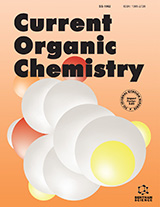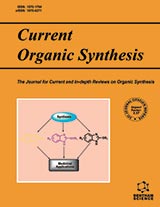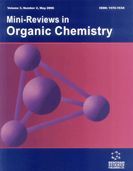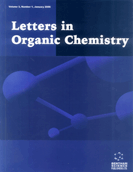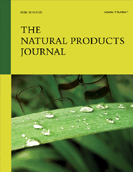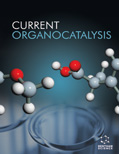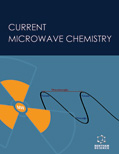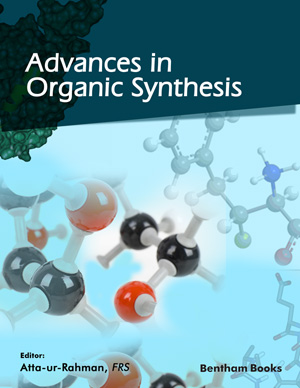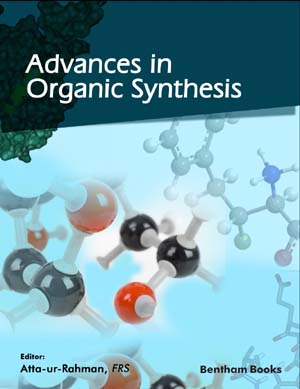Abstract
N,O-Disubstituted hydroxylamines (R1NHOR2 or NODHA), unlike the O-monosubstituted derivatives, have received little attention so far. However, they have recently become important as intermediates for synthesizing complex nitrogen-containing compounds, especially natural products and their analogues. The formation of NODHA by stereoselective reduction, nucleophile and radical additions provides access to acyclic, carbo- and heterocyclic amines, many of which are naturally occurring and biologically active. New methods developed for the acylation of N,O-dimethylhydroxylamine and polymer-bound N,O-disubstituted hydroxylamines are an improvement on the Weinreb amide methodology and provide convenient routes to complex aldehydes and ketones as well as hydroxamic acids. Reductive and base-induced cleavage of the N-O bond of N,O-disubstituted hydroxylamines makes them valuable intermediates for preparing highly functionalized amines. Methods for the synthesis of bis(alkoxyamines) and their use as precursors to alkoxy-substituted heterocycles are described. Their bisnitroso derivatives on intramolecular cyclization provide an entry to hitherto unknown 4,5-dihydro-1,2,3-triazole 2-oxides. Finally, the review describes recent studies of naturally occurring and biologically active N,O-disubstituted hydroxylamines.


